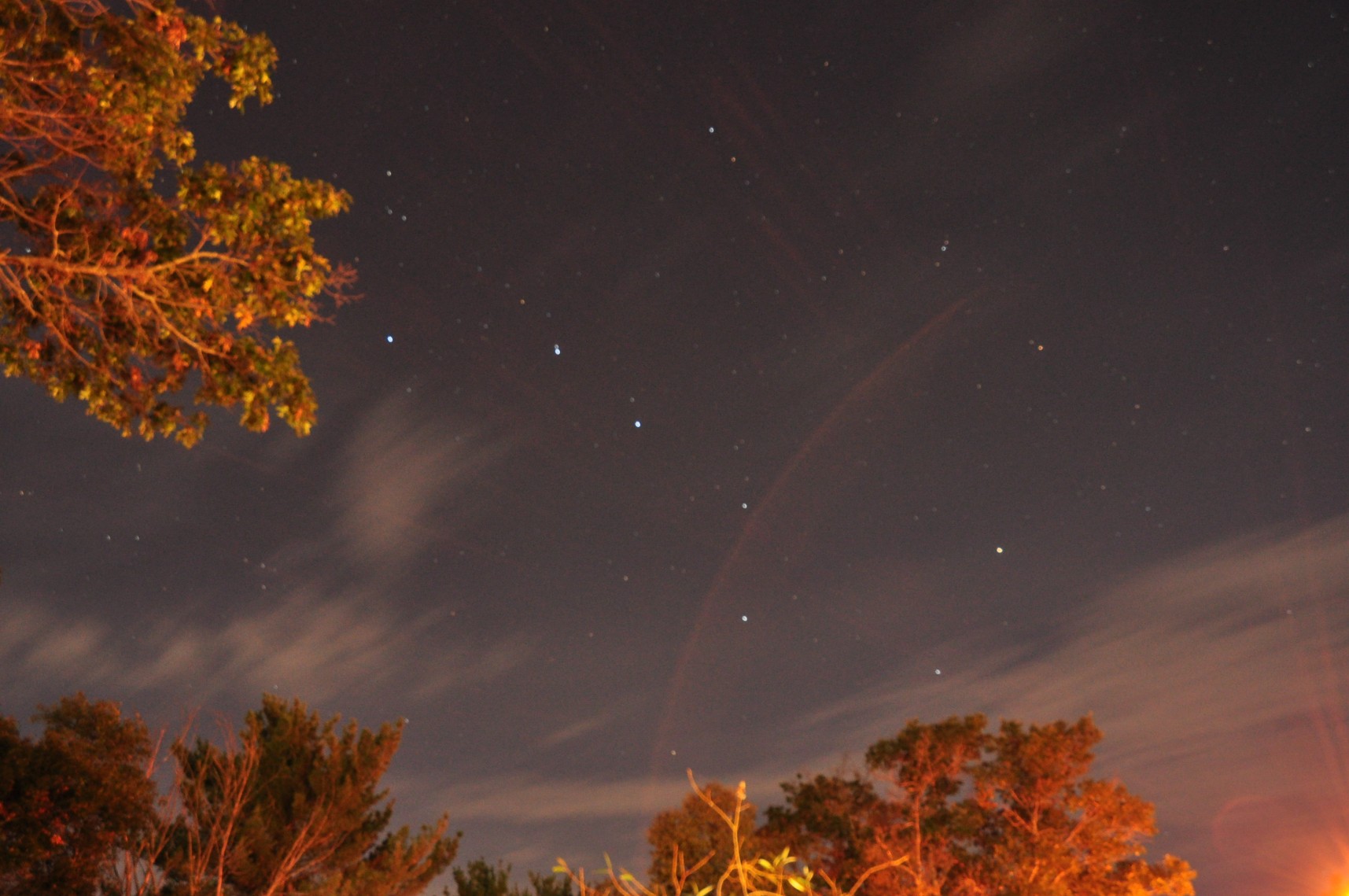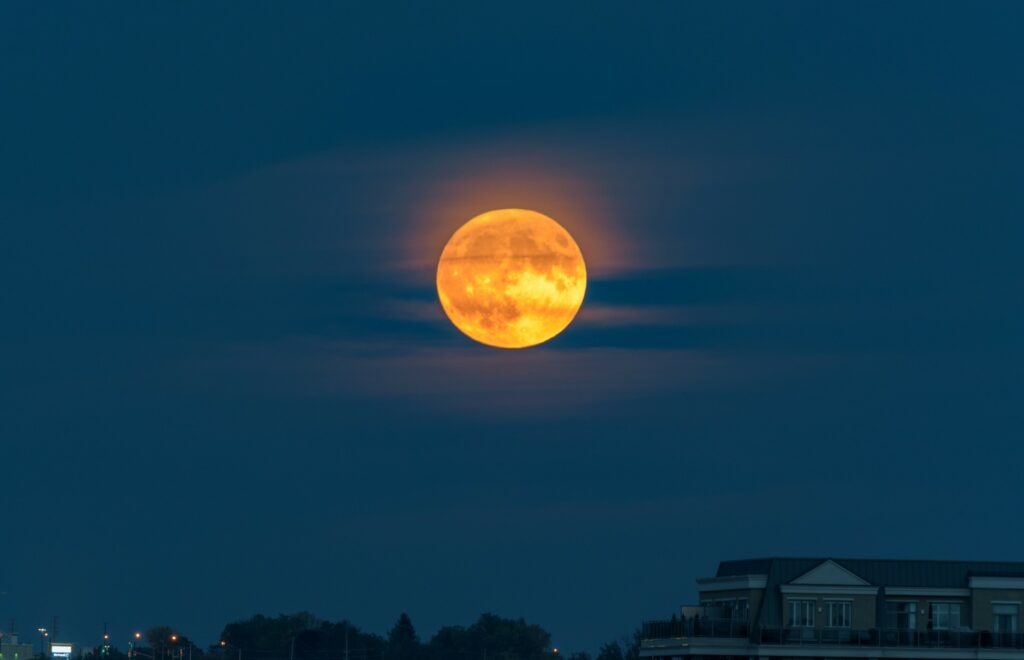
Heavy Rain, Flooding, and Chance of Severe Weather Staring Down the Southern U.S.
January 22, 2024
Posted: October 7, 2022 9:39 am





The October astronomy calendar features a number of highlights in the night sky, including the first fall meteor shower and the beginning of the eclipse season. The longest nights since the end of February will give you more time to check out these celestial features if you live in the Northern Hemisphere. It is also a good time to check out what you can find in the dark skies before the weather turns too cold to get outside as winter approaches.

The first full moon of the season will rise on October 9. Known in many circles as the Hunter’s Moon, this moon traditionally appeared when ancient hunters began to gather food for the long winter ahead. Other nicknames for this full moon include the Ice Moon or the Freezing Moon.
On October 8, stargazers will find the Hunter’s Moon alongside Jupiter. The moon will be positioned a bit farther to the left of the bright planet on the next night.
All eyes will be on the Orionid Meteor Shower during the middle of the month, forecast to reach its peak on the night of October 20 into the morning hours of the 21st. It has been a long wait for those who love to watch shooting stars glide across the sky. The last meteor shower was back in August when the Perseids lit up the skies.
The peak of the Orionids will happen as the Earth slides past the debris that was previously left by Halley’s Comet. Although the famous comet will not be back in this solar system until the year 2061, the debris left from its prior travel around the sun is what provides the Orionids with its meteors. You can expect to see meteors at the rate of about 20 per hour during the peak of the show.
The next time that the skies will light up with shooting stars after the Orionids will be the Southern Taurids show, peaking on November 4 and 5. This show will lead to the Northern Taurids on November 11 and 12 and the much-anticipated Leonids on November 17 and 18.
The official start of what astronomers refer to as “eclipse season” is scheduled for October 25. This designation refers to a minimum of two eclipses in a season. A partial solar eclipse will kick things off on Tuesday, October 25. This eclipse will be visible from the northeastern corner of Africa, the Middle East, western portions of Asia, and most of Europe. You will need a sky free of clouds and proper eye protection to view the eclipse.
Just two weeks later, the second event of the eclipse season will take place with a total lunar eclipse on November 8. This eclipse will be visible throughout all of North America. During this stunning event, the moon will turn a hue of rust orange or dark red. This will be the last total lunar eclipse until March of 2025.
In addition to these major events, Jupiter and Saturn will also appear together in the southern portion of the sky after the sun goes down throughout the month of October. Because Jupiter is brighter than any other star at this time, it is easy to spot the duo of planets without the use of a telescope.
The good news is that all of these October events can be viewed with the naked eye assuming that the weather conditions are favorable in your area. Here are a few ways that you can enjoy this activity with the greatest degree of success.
Did you find this content useful? Feel free to bookmark or to post to your timeline for reference later.

January 21, 2024

January 19, 2024

January 18, 2024